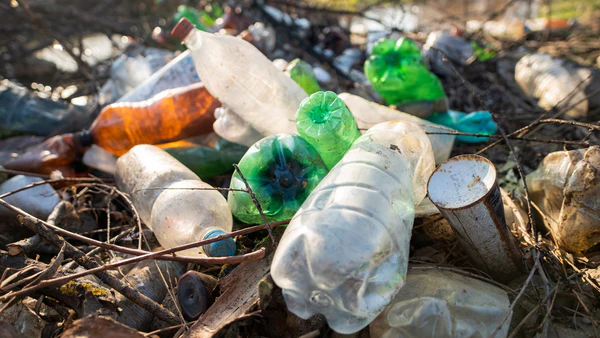The increasing emphasis on sustainability has led to innovative solutions in various industries, and packaging is no exception. One such development is LDPE (Low-Density Polyethylene) recycling. LDPE Recycling, widely used in packaging due to its flexibility and durability, has become central to discussions about reducing environmental impact.
This article explores how LDPE recycling contributes to sustainability in packaging by reducing waste, conserving resources, and promoting a circular economy.
Understanding LDPE and Its Role in Packaging
LDPE is a thermoplastic known for its strength, flexibility, and resistance to moisture. These characteristics make it a popular material choice for packaging items like grocery bags, plastic wraps, and squeezable bottles. However, its extensive use has also led to high levels of plastic waste, which significantly burdens landfills and ecosystems.
Recycling LDPE addresses this issue, offering a sustainable way to reuse the material instead of discarding it.
Benefits of LDPE Recycling in Packaging
Reducing Plastic Waste
One of the most significant benefits of LDPE recycling is its potential to reduce plastic waste. According to studies, millions of tons of LDPE are discarded annually, contributing to overflowing landfills and environmental degradation. Recycling initiatives ensure that this plastic doesn’t end up in the environment, helping to reduce pollution.
Repurposed LDPE often finds its way into new products, such as garbage bags, construction materials, and even new packaging, minimizing reliance on virgin plastic.
Conserving Natural Resources
The production of LDPE from raw materials such as crude oil and natural gas consumes energy and depletes finite resources. Recycling LDPE helps conserve these resources by reducing the need for new material production, subsequently lowering the extraction and refining of raw materials.
This conservation is vital for promoting sustainable manufacturing practices and preserving resources for future generations.
Lowering Greenhouse Gas Emissions
The traditional production of plastics is energy-intensive and contributes significantly to greenhouse gas emissions. A 2019 study on recycling demonstrated that reprocessing LDPE reduces energy consumption compared to creating virgin plastic. By lowering energy usage, LDPE recycling helps reduce greenhouse gas emissions, playing a part in combating climate change.
Promoting a Circular Economy
LDPE recycling encourages a shift toward a circular economy, where materials are reused and reprocessed to extend their lifecycle. This transition to a circular system helps break the “take-make-waste” cycle that characterizes traditional linear economies.
Through innovative recycling practices, companies and individuals can create new value from waste materials, ensuring that packaging remains a resource instead of becoming an environmental burden.
Encouraging Industry-Wide Change
By adopting LDPE recycling on a large scale, packaging industries can set an example for other sectors to follow. The push for recycling infrastructure and advancements in processing technology drives awareness and motivates organizations to adopt more sustainable practices.
Recycling initiatives also inspire collaboration between governments, businesses, and consumers to create a collective effort in reducing environmental impact.
Meeting Consumer Demand for Sustainability
Consumers today are more conscious of their environmental impact and seek eco-friendly products. LDPE recycling addresses this demand by enabling packaging solutions that align with sustainable values. Companies that incorporate recycled LDPE into their packaging gain a competitive edge as they appeal to environmentally aware consumers.

